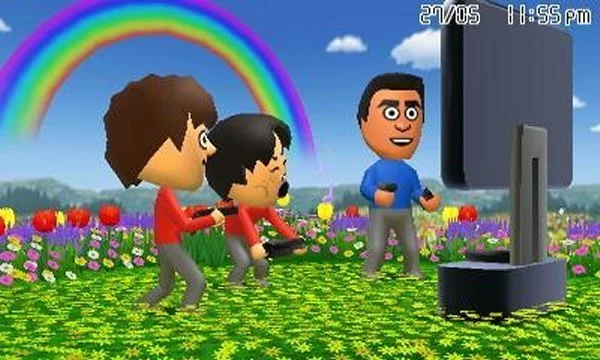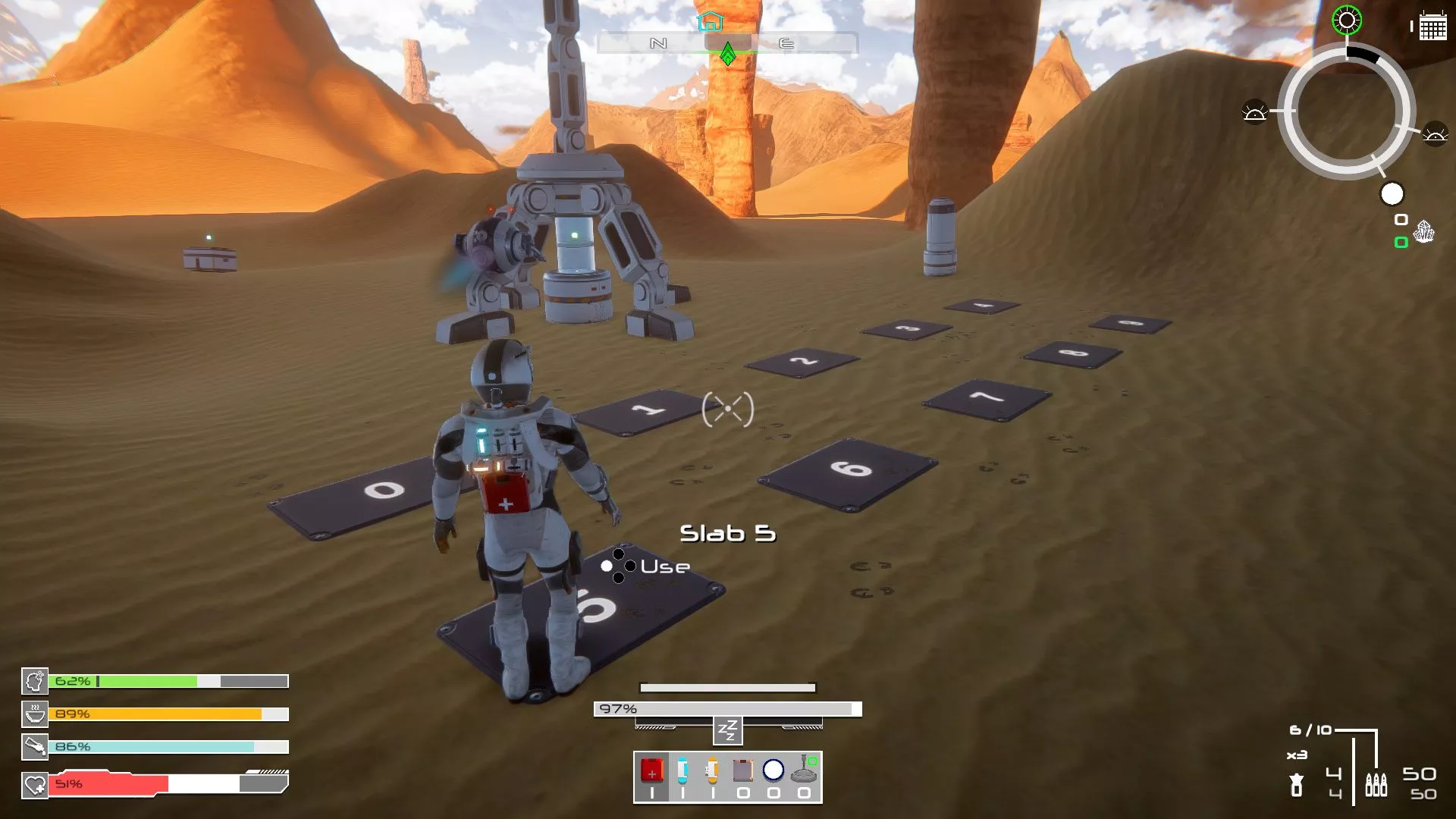Let’s just get this out of the way: Tomodachi Life is very weird.
Very, very weird.
Its premise is (kinda, sorta) relatively simple: you take your lookalike – decidedly NOT yourself – and install him or her in a one-room apartment on a faraway island. The player, God-like, has the ability to then add other residents to the apartment complex. This can be done via Miis stored on the 3DS, via QR codes or even a simple image captured by the 3DS’ camera. From there, you assign each resident a personality, using sliders to assign traits like laziness down to the sound of their (creepy, mechanised) voice. After that, you go from God to owner to butler, giving your island’s residents new toys, apartment furnishings, clothes and food.

It’s best to think of the residents more as Tamagotchi-like pets than as people, though they can walk, talk, play and even take on part-time jobs in one of the island’s many attractions. Though they’re self-sufficient, they’re really not at the same time; your role is to basically tend to residents’ needs. Sure, a resident might be busy during the day working at the clothes store, but later on, he’s going to demand you feed him and rub his head.
I repeat: rub his head.
Needless to say, Tomodachi Life is aimed at a younger audience in the west than what was probably imagined over in Japan. What’s pretty typical in Japan – and believe me, I’ve just been over there and experienced a lot of it, first-hand — is not so much across the ocean.

Apart from entering your apartment complex and sorting out problems – the aforementioned hunger and boredom chief among those – you also play mini-games with your residents and eventually watch as couple fall in love.
If none of these descriptions are working for you yet, think of Tomodachi Life as a cross between The Sims and Animal Crossing… only with a lot less to do.
You can’t go and pick where to place your home, apart from the window you’ll take up in the apartment complex. Decorating your room is a matter of using one of many preset designs. While you can head to the beach and watch your character dig in the sand, you can’t actually do the digging yourself. If you want two characters to fall in love, you have to wait until they decide to approach one another; only then can you encourage the union.
It’s not all a spectator sport; some locations on the island give you chances to take part in special events over the course of the day. One of the first on the beach is a rehash of the “Everybody Votes” Channel on the Nintendo Wii. You can use the 3DS’ stylus to draw two pictures and then have the island’s residents show you which one they support.

It’s cute, but it’s not all too deep.
Other interactive events include producing a rock show, participating in a quiz show and hitting up an RPG-like game within the game. How meta.
Children will love Tomodachi Life. In true Nintendo fashion, it’s very child-friendly. Relationships don’t get too grownup; fights between friends are usually resolved with a hug and a dance. In my many hours with the game, the only thing that I questioned – cause I’m not getting into the same-sex thing in this review – was that one male character called me to his apartment with a problem. Once I arrived in his room, he asked me if he needed to act more manly.

On its own, that wouldn’t be so bad; most of those sorts of Tomodachi Life’s “problems” allow you to select from a list of preset responses to things asked of you. Except this one. The Mii asked his question, looked a little down, and then the game progressed. Sure, it didn’t mean the end of the world, but I’d hate to be a feminine-acting boy who runs the chance of a game insinuating that it’s wrong.
Moving away from that, older simulation lovers will also get a kick out of ten to fifteen minute daily bursts with the game. Once you’ve spent that amount of time tending to your human flock, you’ve basically exhausted your options. Sure, Street and SpotPasses add variety in terms of new explorers and items, but they’re dependent on you actually getting out and doing things in your real world.
The Tomodachi franchise is well-established in Japan, and only time will tell if it will catch on with western audiences. While ultimately a tad hollow, it shows promise, especially with Nintendo’s promise to make future games a more diverse. While I’m aware that was in reply to character orientations, I hope it will also apply to actual in-game interactivity too.
As we completed this game far ahead of an imposed embargo by Nintendo, we decline to number this review.
This article may contain affiliate links, meaning we could earn a small commission if you click-through and make a purchase. Stevivor is an independent outlet and our journalism is in no way influenced by any advertiser or commercial initiative.























